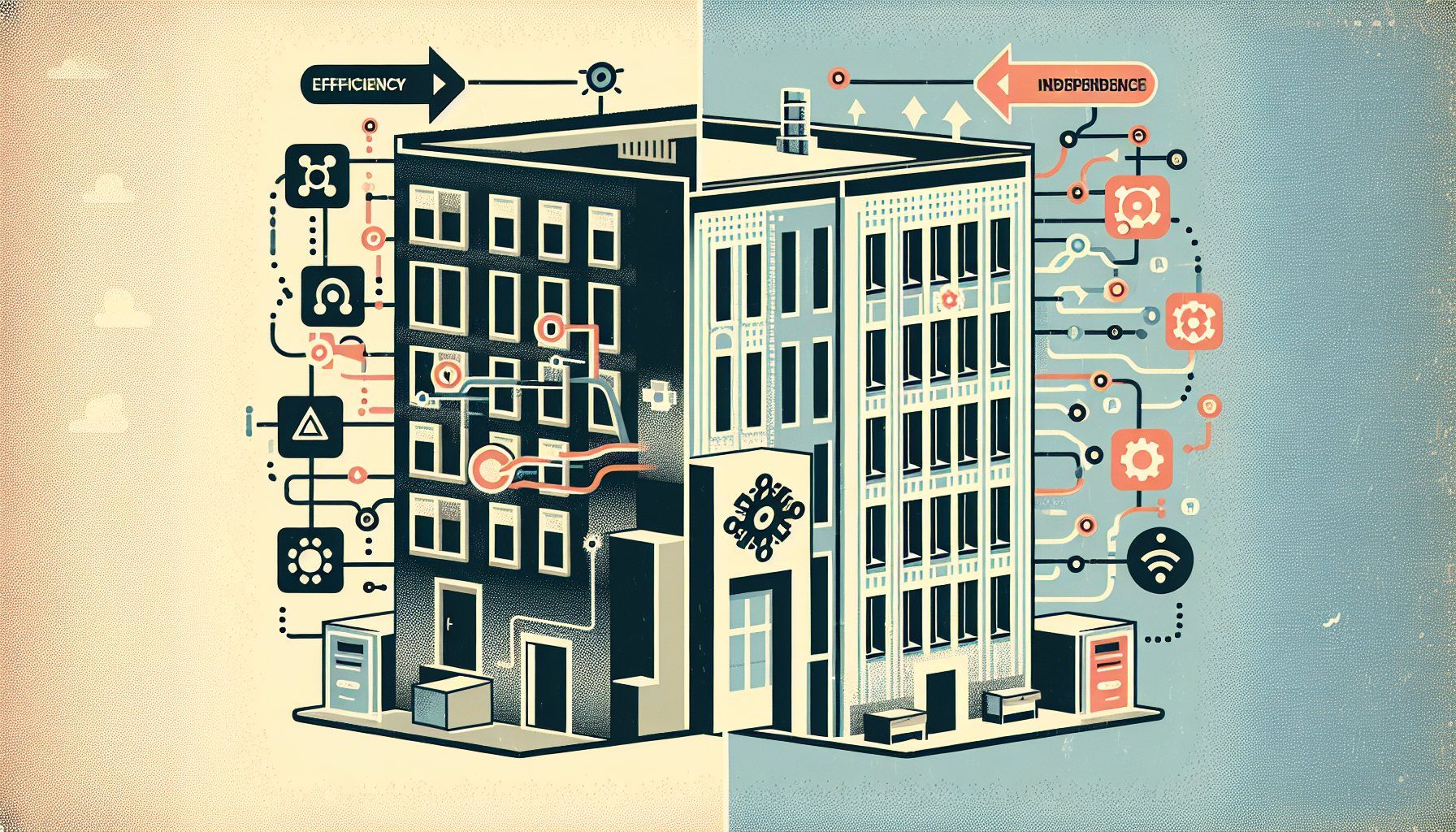Artificial intelligence is transforming the way our buildings run. The newest breakthrough is a shift away from centralized control, toward decentralized AI systems that protect privacy, improve efficiency, and give buildings more independence than ever before.
Protecting Privacy with Decentralized AI
Engineers at the University of Tokyo have created a decentralized approach to building automation. In traditional smart buildings, data from cameras, sensors, and devices is gathered and stored on large, central servers. This can put private information—like where people are and what they are doing—at risk of being misused or stolen.
With decentralized AI, the process is different. Devices within a building, like motion sensors or thermostats, use a new way of talking directly with each other. They process sensitive information locally, on the device itself. As soon as the system has what it needs—for example, to turn off lights in an empty room—the data is deleted right away, never sent to a server, and never stored long term.
This new setup is called Distributed Logic-Free Building Automation (D-LFBA). It is built with split learning, which means many devices handle parts of the AI’s work together. Because of this, different types of devices—no matter who made them—can be added to the system easily. Most importantly, confidential data stays safe within the walls of the building.
Giving Buildings Greater Independence
Privacy isn’t the only benefit. Decentralized AI also changes how buildings are managed and operated. Researchers are mixing this technology with digital twins (3D virtual models) and advanced language-based AI assistants. The result is a building that can run many of its own processes, making smart choices about energy, comfort, finances, and upkeep, without human intervention.
What makes this possible? A combination of Decentralized Autonomous Organizations, or DAOs, with large language models. DAOs allow ownership and decision-making to be shared—so everyone who uses or owns part of a building can have a voice that is heard equally. AI assistants, working within this system, help people talk with and guide the building in natural language. You can think of it like the building having its own digital “brain” and “governing council,” always looking out for what’s best.
Tests in real buildings are promising. Decentralized AI has been used to manage things like building revenue and air conditioning with little human guidance. The system made choices that were both effective and transparent, marking a leap forward in how we trust buildings to manage themselves.
A Safer and Smarter Future
The move toward decentralized AI in building automation solves one of the biggest challenges in smart technology: how to keep personal data safe while still delivering comfort, efficiency, and savings. By keeping information local and letting buildings govern themselves, we reduce the risk of data leaks and system failures.
This approach also means that buildings can react more quickly to changes, whether it’s adjusting heating when a room gets crowded or switching to battery power during a blackout. As decentralized systems continue to evolve, our buildings will become more sustainable, adaptable, and intelligent. They will be better prepared for the demands of modern cities and the needs of the people inside.
In summary, decentralized AI for buildings represents a new era where privacy comes first, systems run smoothly without heavy oversight, and technology works quietly in the background—making our spaces both safer and smarter.

Leave a Reply